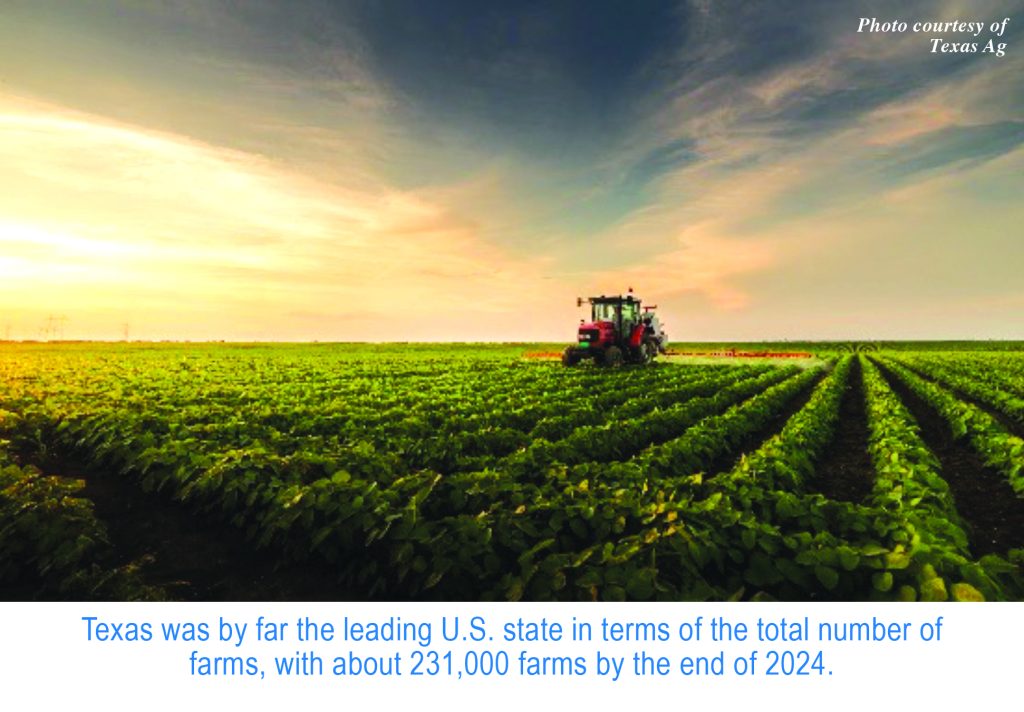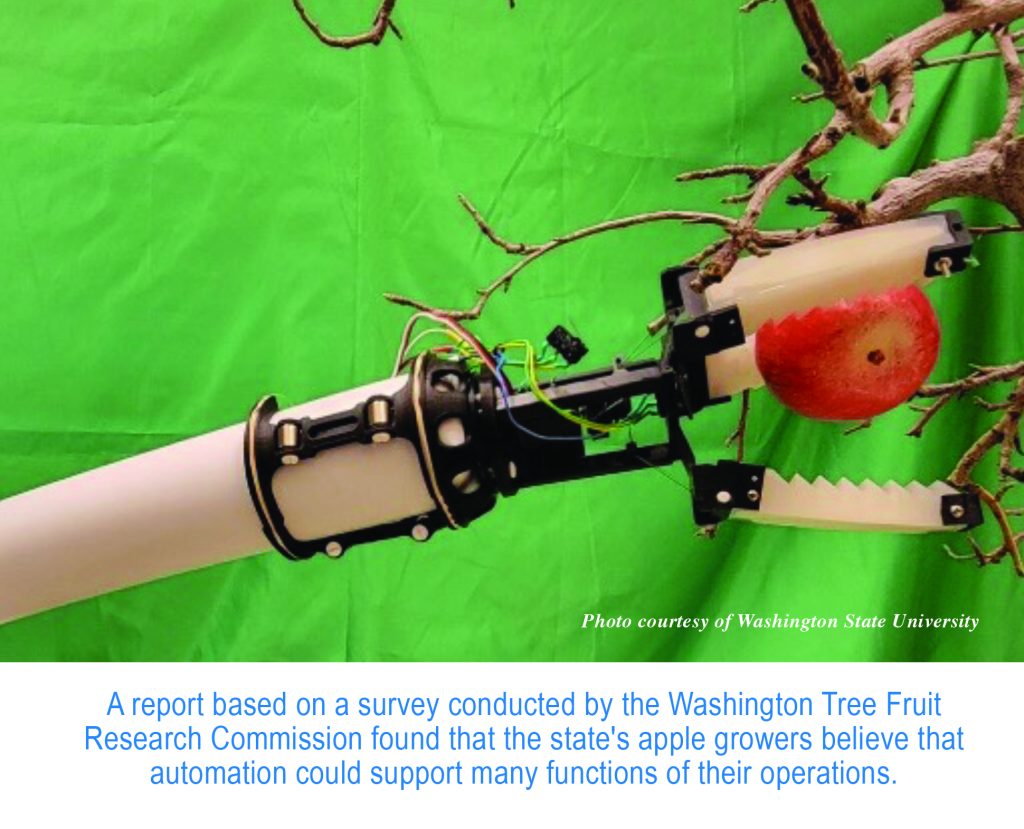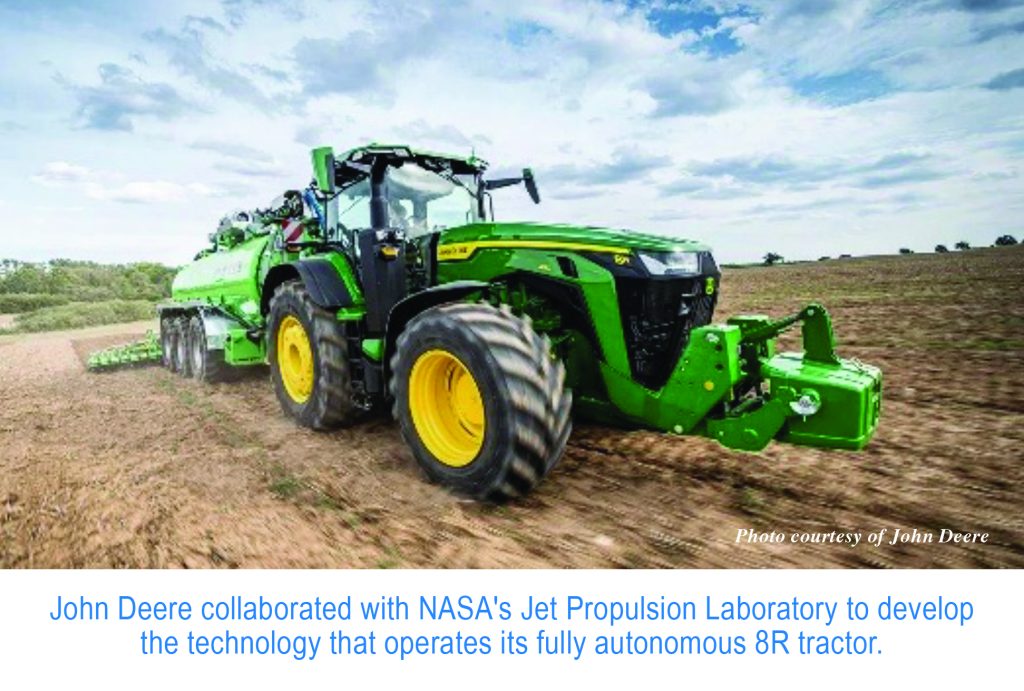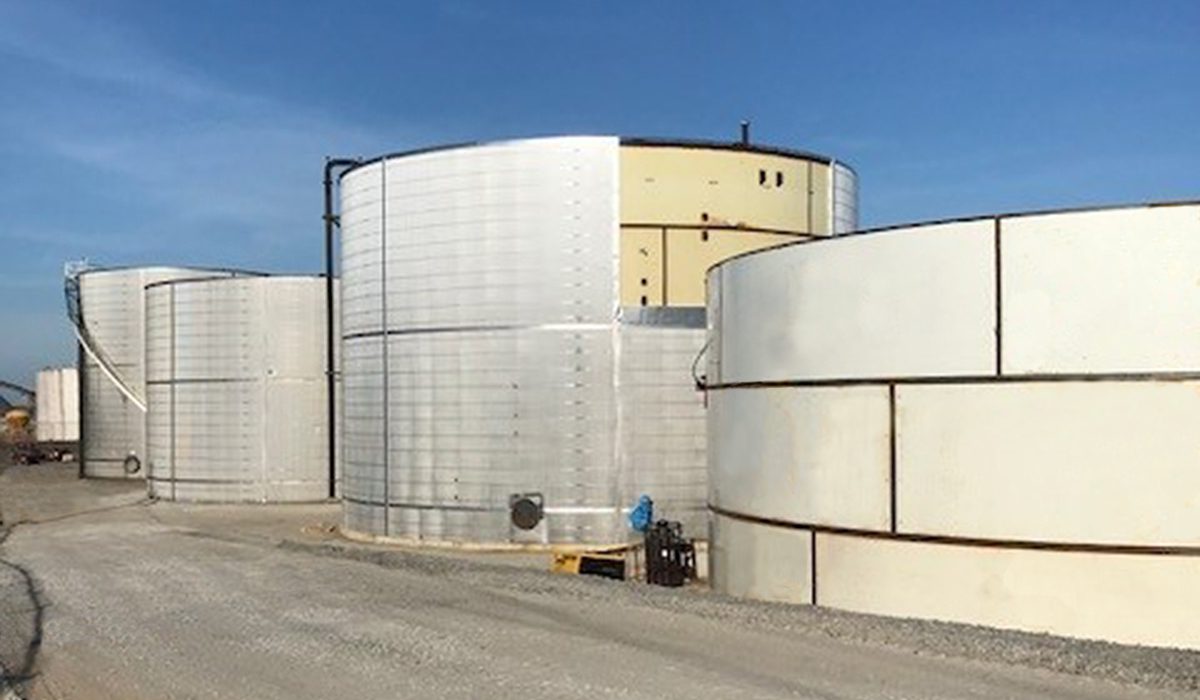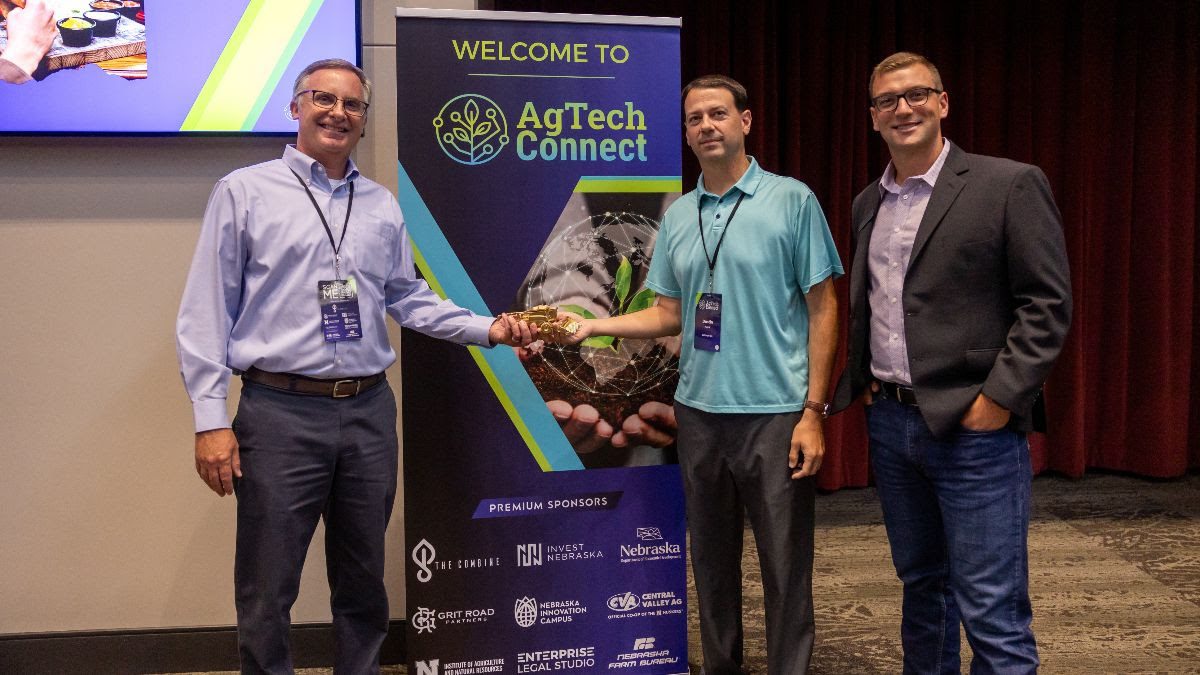Over the past several years, the U.S. agriculture sector has contributed more than $200 billion in net added value annually to the nation’s GDP with the export value of a broad range of agriculture products from soybeans and cotton to sweet corn and peanuts amounting to more than $170 billion in 2023 alone.
Texas, according to research firm Statista, was by far the leading U.S. state in terms of the total number of farms, with about 231,000 farms by the end of 2024.
Iowa ranks second, among the leading ten states, with 86,700 farms as of 2023 followed by Missouri (85,700), Ohio (74,000), Illinois (70,000), Oklahoma (70,000), Minnesota (65,300), Tennessee (62,900), California (62,500), and Wisconsin (58,200).
The most recent data from both the U.S. Department of Agriculture (USDA) and the American Farm Bureau Federation show that U.S. farm output tripled from 1948 to 2021 “largely due to advancements in new technologies” that have, for example, given wheat farmers working eight million fewer acres the wherewithal to produce the same yields in 2018 as in 1990.
Recent research shines the light on a decisive pivot by the U.S. agricultural sector toward the implementation of automation, robotics, and drones, all driven by artificial intelligence.
The U.S. House of Representatives’ Science, Space, and Technology Committee recently held congressional hearing on the role of technology, particularly artificial intelligence (AI) and how it impacts the growth of ‘precision agriculture’ and the resultant productivity of America’s agricultural sector.
One of presenters appearing before the Committee was Brian Lutz, vice president of agricultural chemical and seed producer, Corteva Agriscience.
Lutz told the Committee that AI, “is a key tool in accelerating the discovery, development and manufacturing of new crop protection molecules to fight yield-robbing weeds, pests, and diseases in U.S. farm fields.”
Implementation of the technology, he said, “helps researchers shorten the discovery window and find new and novel active-ingredient molecules that are much more difficult and expensive to uncover using traditional research methods,” he said.
AI, he added, “is without a doubt one of the most profound technologies ever to be invented, adding that, “We believe there is tremendous opportunity for our government to support and incentivize advanced innovation — including by leveraging the benefits of AI — to benefit American farmers. If we want to win, we need to move smarter and faster than our competition.”
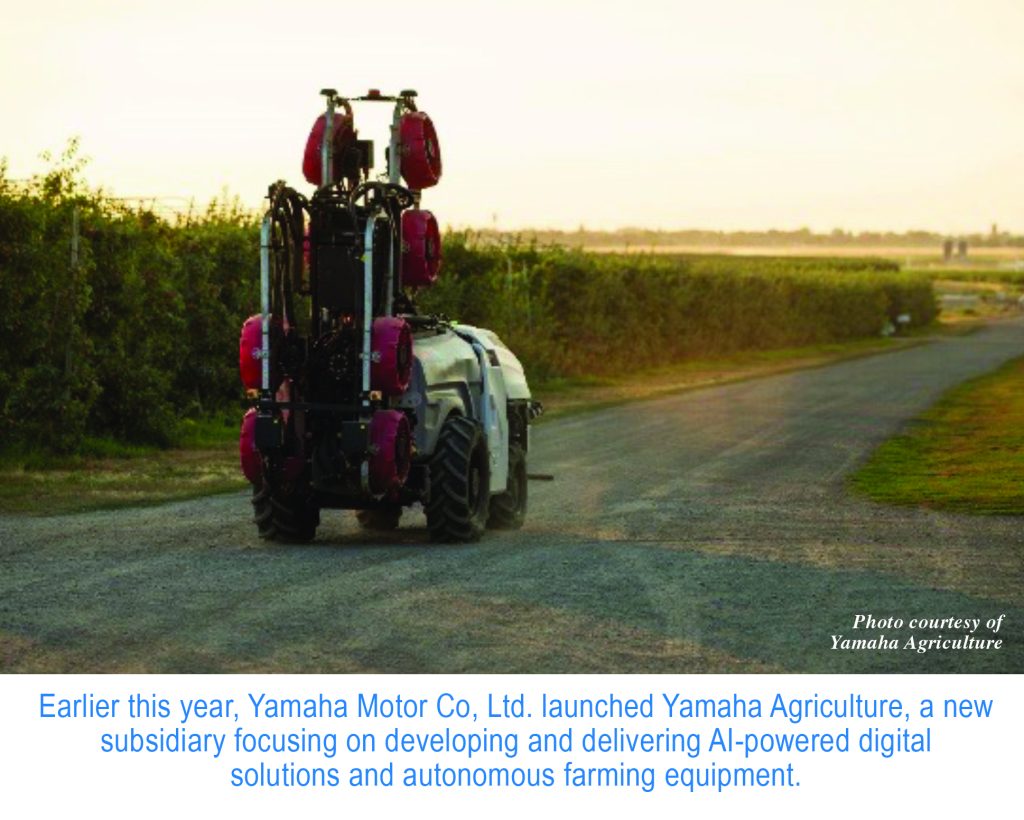
According to Lutz, researchers at Indiana-based Corteva recently used AI to model how 10,000 different molecules might be used in crop protection, all within a matter of weeks.
The model identified dozens of new potential crop protection molecules that could not have been found otherwise, and the company is currently testing a handful of the newly discovered molecules with AI playing a key role in moving the testing phase along more quickly than traditional lab-based methods.
Over the past few years, Corteva has used AI modeling to engineer various bacterial strains “that have resulted in a more efficient manufacturing operation that allows the company to accelerate discovery of new classes of crop protection products, like biologicals — nature-based solutions that help farmers grow more food by working alongside traditional crop protection products.”roduced by microbes and other organisms, with the goal of unlocking the secrets within plant biology to develop the next generation of safe, highly targeted, nature-inspired products.”
New AI models, “are also allowing the company to accelerate discovery of new biologicals by predicting the incredible diversity of biomolecules and metabolites that are produced by microbes and other organisms,” he said.
In late February, Yamaha Motor Co, Ltd. announced the launch of Yamaha Agriculture, a new subsidiary focusing on developing and delivering AI-powered digital solutions and autonomous farming equipment.
As part of the new company’s launch, Yamaha acquired both Robotics Plus, a New Zealand-based agritech company that specializes in the design and build of robotics, AI, and autonomous machines, and The Yield, a precision yield management company that develops scalable, AI-based technologies for use on specialty crops.
“We believe meaningful innovation in agriculture emerges through close collaboration with growers and industry partners,” said Nolan Paul, CEO of Palo Alto, California-headquartered Yamaha Agriculture.
“The capabilities of Robotics Plus in robotics and automation and The Yield in AI-powered analytics represent two important building blocks in addressing these challenges,” said Paul.
Apple production is one ag sector seeing the increasing use of new technologies to improve crop yields.
Washington is the nation’s premier grower of apples with more than 188,000 acres cultivated to produce well over 60 percent of the country’s total crop, much of which is exported.
According to the Robotics-Ready Data Standards for Washington Apples survey report published earlier this year by the Washington Tree Fruit Research Commission (WTFRC), the state’s apple growers “believe that automation could support many functions of their operations, including harvesting and sorting, autonomous spraying and fertilizing, and both crop load and yield forecasting.”
A significant majority – 86 percent of respondents – said “digital technologies like software and robotics have already, or will in the next 5-10 years, drastically change agriculture as we know it.”
The WTFRC survey report also found that around 70 percent of participating growers indicated that they had invested in automation in 2022, with an average annual spend of $450,000-$500,000 per grower.
“This shows a considerable increase since last year when average investments in automation were around $350,000 to $400,000 per grower per year,” the survey determined.
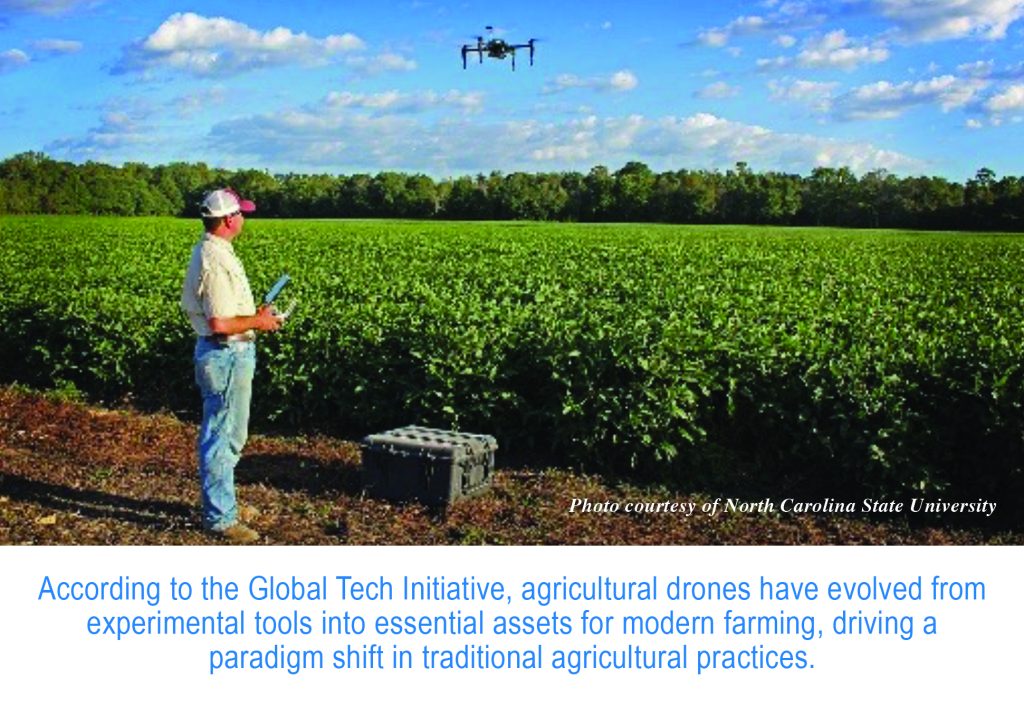
According to the India-based Global Tech Initiative, “Agricultural drones have evolved from experimental tools into essential assets for modern farming, driving a paradigm shift in traditional agricultural practices. These advanced Unmanned Aerial Vehicles (UAVs) are equipped with state-of-the-art technologies such as multispectral cameras, thermal sensors, GPS navigation, and AI-powered mapping tools.”
In its latest report ─ Empowering Farmers with Drone Technology: Bridging the Digital Divide ─ The Initiative stated that, “Drones are addressing some of the most critical challenges faced by farmers, such as monitoring crop health, optimizing irrigation, and managing pests. With capabilities to capture high-resolution aerial imagery and analyze vast farmlands in minutes, these devices provide real-time, actionable insights that empower farmers to make informed decisions thereby revolutionizing agriculture.”
One of the most impactful applications of drones in agriculture is their role in precision farming, the report found.
“Using advanced sensors and imaging technologies, drones can assess crop health, monitor irrigation patterns, and detect pest infestations with exceptional accuracy. This capability allows farmers to intervene early, addressing problems before they escalate and ensuring optimal crop growth,” it said.
The granular data collected by drones helps in mapping fields with high precision, identifying specific areas that require attention, and tailoring interventions accordingly. This results in improved yields, reduced costs, and better resource management,” the report concluded.
For example, GPS Innovation Alliance (GPSIA) members Deere & Company and Trimble are working to advance precision agriculture techniques globally, creating more opportunities for farmers to boost their productivity and reduce crop loss with innovative GPS and GNSS technologies, according to gpsworld.com.
Deere & Company offers several receivers that use GNSS technology to plant crops with accuracy down to the centimeter and coupled with the sensors and computer vision, allow farmers to plant at quicker speeds without damaging crops — including its fully autonomous 8R tractor unveiled in 2022, according to gpsworld.com.
The GNSS technology was based on research work done in collaboration with NASA’s Pasadena, California-based Jet Propulsion Laboratory.
In another collaborative effort, business consultancy Kearney’s agriculture and food team and Purdue University’s Center for Food and Agricultural Business recently established a partnership to bridge the gap and foster collaboration between academia and industry.
The goal of the partnership, Kearney said, “is to enhance agricultural research, strengthen industry engagement, and build connections with corporate clients and industry partners across the agriculture and food value chain.”
The partnership’s key objectives include developing industry-relevant research, providing thought leadership and preparing students to become future industry leaders through experiential learning opportunities.
Initial discussions have focused on corporate partnerships, grower engagement, and the expansion of career pathways for undergraduate and graduate students through awareness initiatives and internships.
This “represents an exciting opportunity to bring industry and academia together to tackle the real challenges agribusiness professionals face today,” said Scott Downey, professor of agricultural economics and director of the Center for Food and Agricultural Business.
The Kearney-Purdue partnership, he said, will help the agricultural sector successfully manage “unprecedented challenges and opportunities ranging from dramatic shifts in consumer preferences, regulatory changes and the integration of disruptive technologies such as artificial intelligence.”
Bio: Michael D. White is a published author with four non-fiction books and well more than 1,700 by-lined articles on international transportation and trade to his credit.


